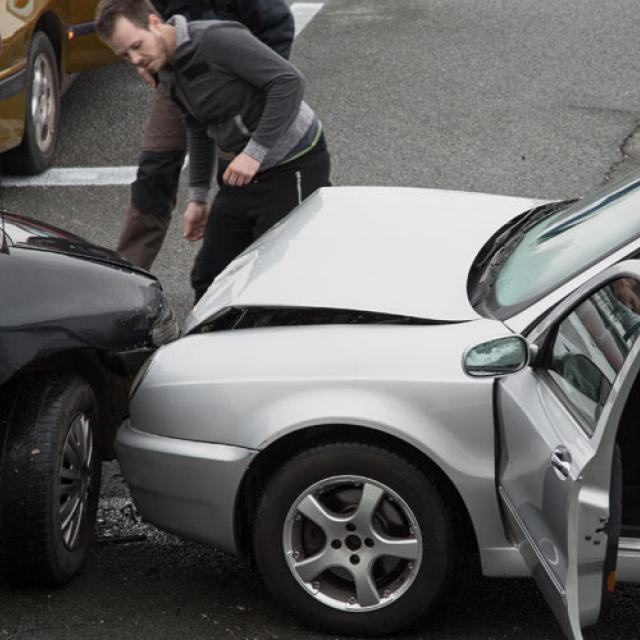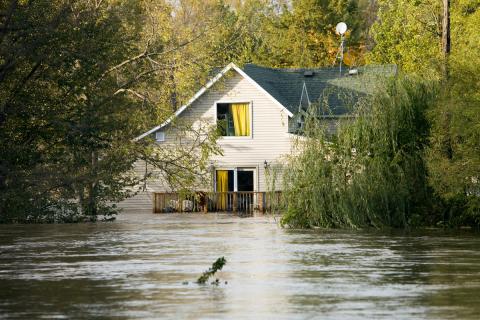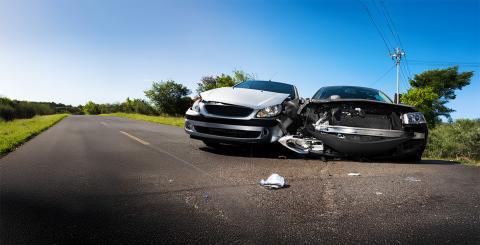When making a left turn, you hit a speeding vehicle coming in the opposite direction. Who’s at fault?

Picture this: you’ve just collided with an oncoming vehicle while turning left at an intersection. The other motorist was driving over the speed limit. Fortunately, no one was injured. Now it’s time for your auto insurer to determine who was responsible for the accident. You’re probably thinking the fault clearly lies with the speeding driver. But it’s not that simple. Here’s a little explainer.
There are several things to consider
When you file a claim with your insurer, the insurer looks at a number of factors to determine whether or not the accident is at-fault or not.
Normally, auto insurance companies in Québec determine liability for an accident based on the Direct Compensation Agreement, an agreement between automobile insurers based on a series of principles. The Agreement applies to accidents that occur in Québec between two vehicles whose owners have been identified. It sets out the various possible scenarios and establishes the percentage of driver liability in a fault chart.
This Driver’s Fault Chart is based on Québec’s Highway Safety Code and case law. The chart is used by your insurer to determine your level of liability in an accident. It determines the compensation you will be paid, taking your coverage into account.
In our example, the insurer will use Case 7 from the chart (“Vehicles travelling in opposite directions”), and then 7a (“Vehicle encroaching on the centreline”). This case applies when a vehicle is travelling in its own lane and another vehicle crosses the centreline, whether to make a left turn or not.
According to the chart, the vehicle making the left turn at the time of the accident is 100% at fault. The insurer will pay for damage to your vehicle, subject to the applicable deductible, but only if you have “collision and upset” or “comprehensive” coverage.
Insured for civil liability or collision and upset?
In the event of a claim, your share of liability for the accident and your insurance coverage will have an impact on the eligibility of your claim and the compensation you receive. For example, if you are in a collision where you are at fault and only have civil liability insurance, your insurer will cover damage to a third party, but not damage to your vehicle.
To be compensated for an at-fault accident, you need to have collision and upset coverage.
As for the fact that the oncoming driver was speeding, that’s more a matter for the police to deal with. If the oncoming driver was going over the speed limit, they could get ticketed.




